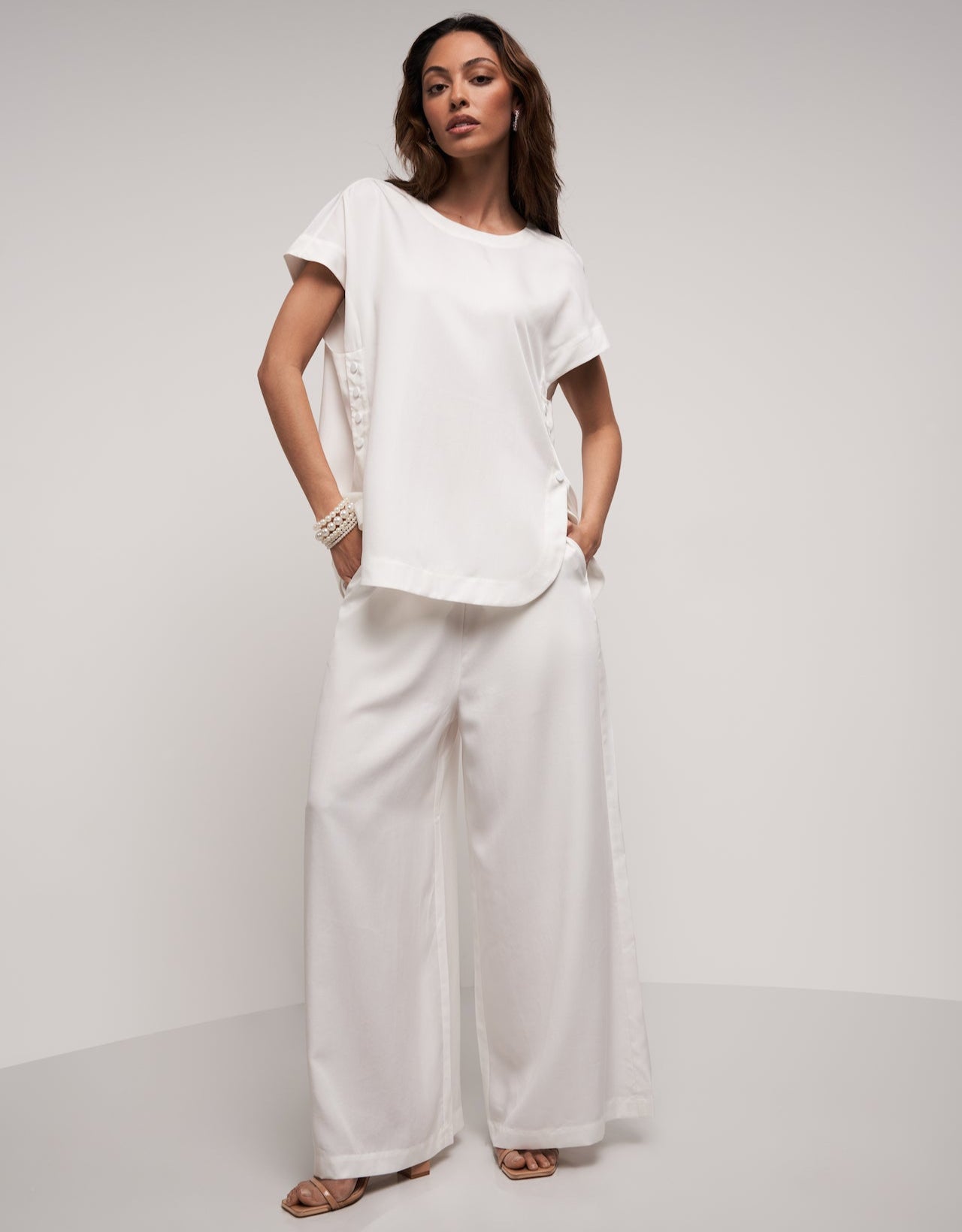
The Ultimate Guide to choosing Sustainable Fabrics
The fabric of the clothes we wear makes up most of what we wear. It is one of the most basic components in determining how sustainable our clothing really is. It’s important to choose sustainable fabrics because they’re not only lighter on our environment, but also on your pocket. The reason for this is that materials made from sustainable methods and resources are built to last for a while. It’s important for us to understand the dynamics of how eco-friendly fashion works, and that buying clothes that last longer is better for the environment in the long run. Brands need to be more accountable and take responsibility for making better designs. This goes both ways with customers as well, as we should also be learning how to buy better.

Fabrics that are Sustainably Produced
Sustainable fashion means being good to the environment, economy, and society. If a company is making claims to be sustainable, and transparency is important to them, then you should be able to find out how they produce and their methods on their site. When you are reading through their website, make sure you look at how they incorporate methods on their website too. Sustainable production means having a commitment to fair-trade principles, where workers are also fairly taken care of and paid well. One way that you can really practice being sustainable is to make a minimal design waste approach. This is an idea that helps wasted fabric get new life and can be used as new fabrics to work with.

Fabrics made from Natural Fibers
There are no perfectly sustainable fabrics, but organic products come close. They can be a good place to start as they limit chemical waste. You can look out for materials like silk, wool, cotton, linen, and hemp. They are created from animal-based or plants based natural fibers and have lighter ecological footprints than synthetic materials do. Organic materials are also recyclable and biodegradable.

Naturally Dyed Fabrics
Fabrics that are naturally dyed are another important part of synthetic fibers. Natural colors are derived from fruits, greens and other mineral sources like roots and tree bark. They are safe for the skin and can be broken down in a way that does not harm the environment. Synthetic dyes, on the other hand, can have a wider and sharper color range.

Picking the right Fabric for the Right Garment
If you are choosing to pick out a fabric for the summer, cotton can be a popular fabric to wear. If you are looking for something more lightweight, go for fabrics like linen and hemp. When the winter months approach, alpaca wool can be more sustainable than cashmere. For fancy occasions, silk is a good material for luxe and rich feel. It is also a durable material and is biodegradable. Tencel or bamboo rayon is also a sustainable alternative to natural materials.
They are also sourced from eco-friendly materials like wood pulp and eucalyptus trees. They are biodegradable and semi-synthetic at times, which does not release toxins as synthetic materials do.





